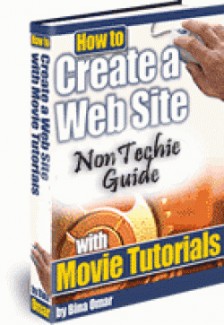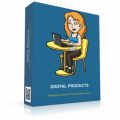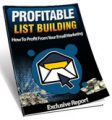
 License Type: Personal Use
License Type: Personal Use  File Size: 49,098 KB
File Size: 49,098 KB File Type: ZIP
File Type: ZIP
 SKU: 24932
SKU: 24932  Shipping: Online Download
Shipping: Online Download
Ebook Sample Content Preview:
Web pages are very flexible. They're pretty much like your Word processor document. You'll notice that when you decrease the size of your window, the text in your word processor will automatically re-flow so that you can still see all the text. Though convenient for a word processor, this flexibility can destroy your web page layout.
Without any form of control, your text and images can reposition themselves as your visitors change the size of their browser window. Your carefully laid out design could easily be distorted.
If you were to write out a paragraph into your web page, and open it in your browser, you will see the words start from the left edge of your browser to the right edge and continue on from the left edge of the next line (see image below). Someone could easily strain their eyes just trying to read your paragraph.
What you need is to lay the page out in a way that would be more attractive plus easier on the eye. The easiest way to go about this is to use a table. Yup!
The simple ole table. Sorry to disappoint you, if you were expecting something more "hi-tech". Actually, the best way to layout a web page is to use CSS (cascading style sheets). But CSS requires you to learn some coding which is not covered in this course. The second best thing is to use tables. Tables are much easier for a novice to master. So for now, tables it is.







